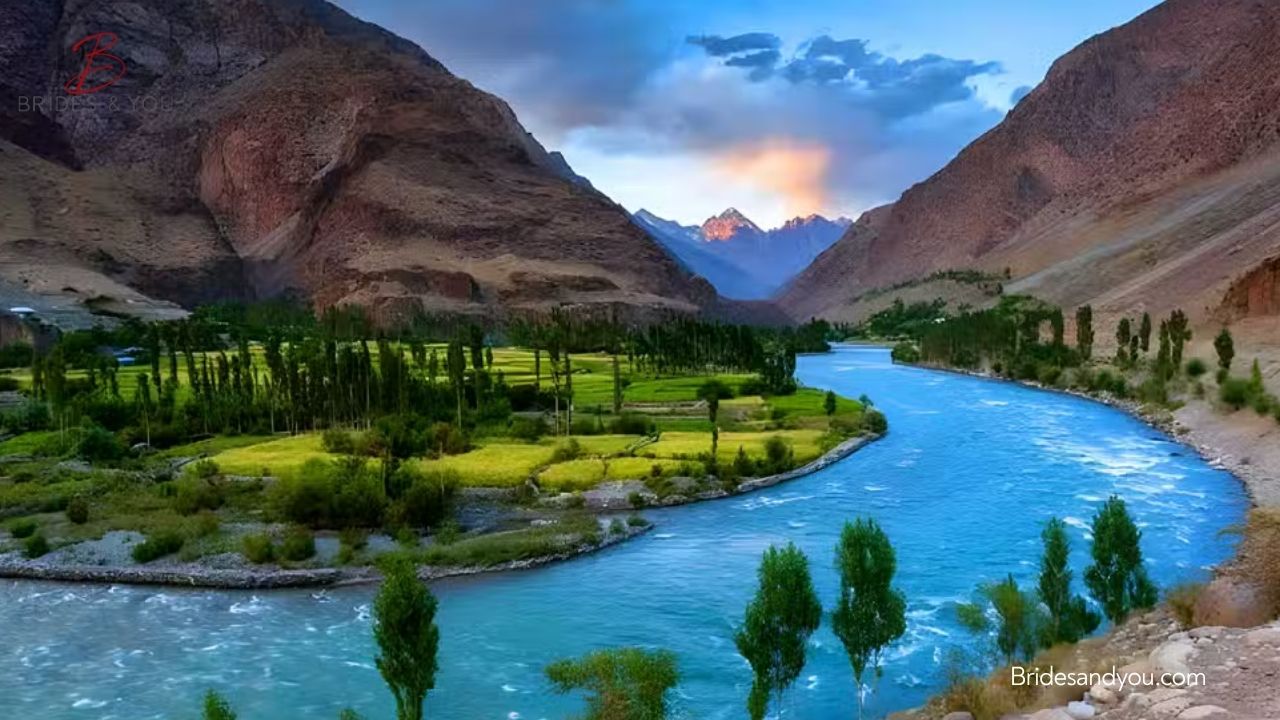Tourists travelling to northern areas of Pakistan can finally breathe a sigh of relief — road connectivity between Khyber Pakhtunkhwa (KP) and Gilgit-Baltistan has been fully restored, marking a major step forward for tourism in the region. The long-awaited upgrade comes with the successful installation of a 33-foot-wide steel bridge in the Mahandri area of Kaghan Valley, a crucial link that was previously destroyed by devastating flash floods.
For months, travellers had been enduring long delays and bottlenecks, especially during peak tourism periods, due to the makeshift temporary bridge that replaced the original one. Now, with the new permanent structure in place, two-way traffic has resumed, drastically improving the flow of vehicles along the scenic Mansehra-Naran-Jalkhad (MNJ) road — a key route that connects major tourist destinations in the north.
A Game-Changer for Northern Tourism
The restoration of this bridge is not just an infrastructure upgrade — it’s a game-changer for the entire tourism industry in the northern belt. The MNJ road is a lifeline for thousands of travellers heading to destinations like Naran, Saif-ul-Malook, Babusar Top, and onward into the breathtaking valleys of Gilgit-Baltistan. The newly built bridge offers a safer and faster travel option and provides a dependable alternative to the often congested Karakoram Highway.
Tour operators, hoteliers, and local businesses in both KP and GB are already reporting a rise in bookings and foot traffic. The increased accessibility means tourists can now reach their destinations with ease, boosting local economies and encouraging investment in hospitality and services.
Construction Efforts and Temporary Solutions
The district administration showed commendable foresight by announcing a planned three-day closure of the MNJ road to safely install the new bridge. During this period, the National Highway Authority (NHA) constructed a temporary ramp beside the bridge to maintain limited access for emergency services, tourists, and essential travel. This thoughtful planning ensured minimal disruption and showed the government’s commitment to promoting tourism while maintaining safety.
Now that the main bridge is operational, this temporary arrangement has been removed, allowing uninterrupted two-way traffic that cuts down travel time significantly.
Local Joy and Economic Uplift
The reopening of the bridge was met with celebration in the local community. Residents, traders, and transport workers gathered at the site, distributing sweets and offering prayers in gratitude. For them, this isn’t just a bridge — it’s a symbol of resilience and progress.
The improved connectivity is expected to play a pivotal role in enhancing trade between the two regions, further adding to the economic uplift of these remote yet stunning areas. With tourism season in full swing, the timing couldn’t be better.
Why This Matters for You
If you’re planning a trip to the northern areas this summer, this development means better travel conditions, less time on the road, and more time enjoying the majestic landscapes. Whether you’re an adventure seeker, nature lover, or just looking for a peaceful getaway, the north is more accessible than ever.
So pack your bags and get ready to experience the beauty of Pakistan’s mountains with greater ease and comfort. The northern adventure just got a whole lot smoother.

